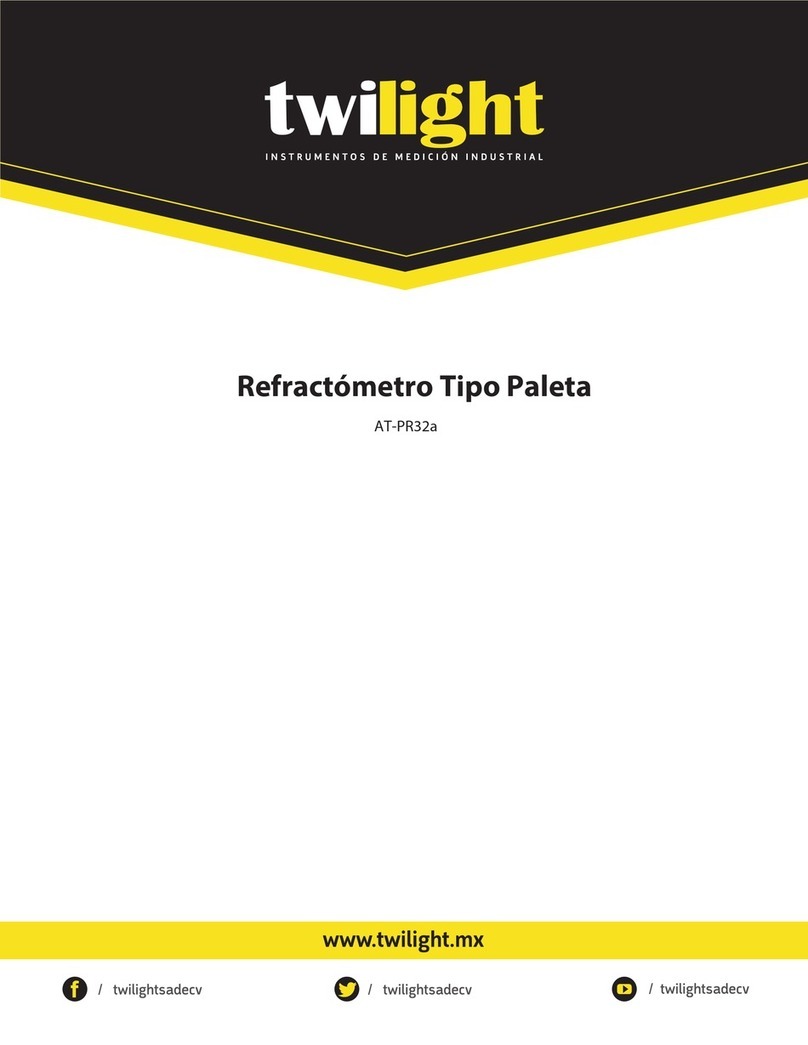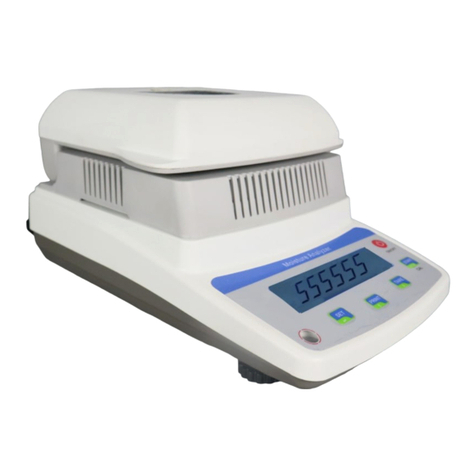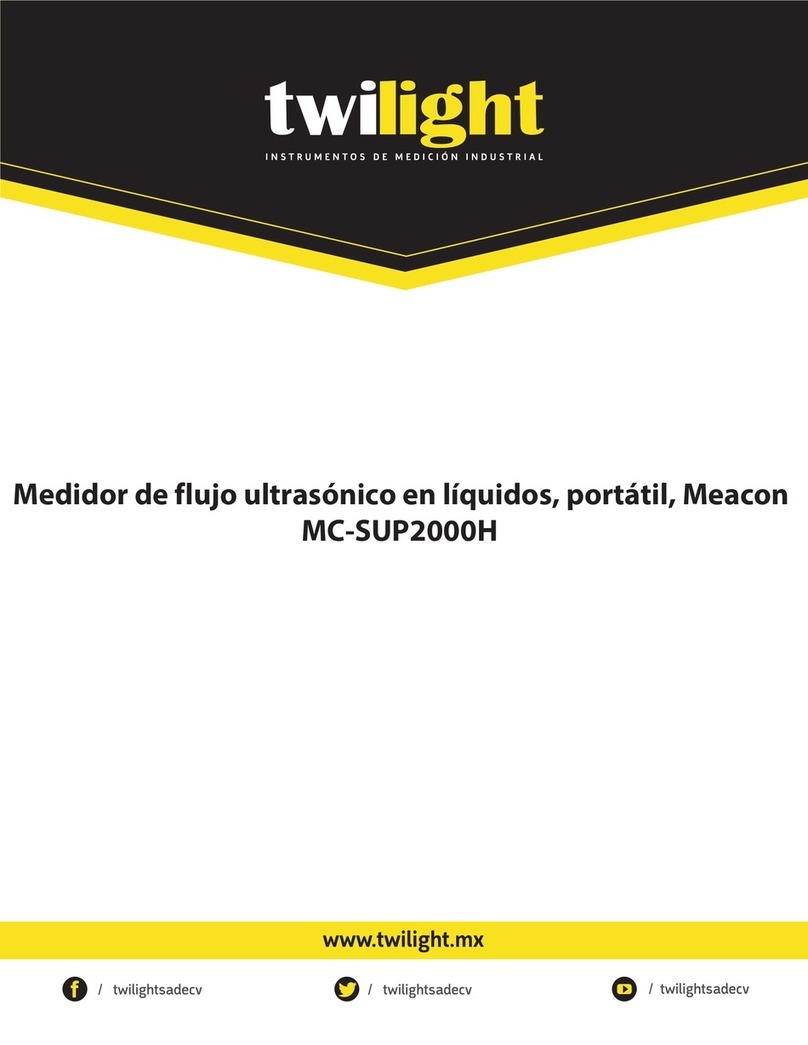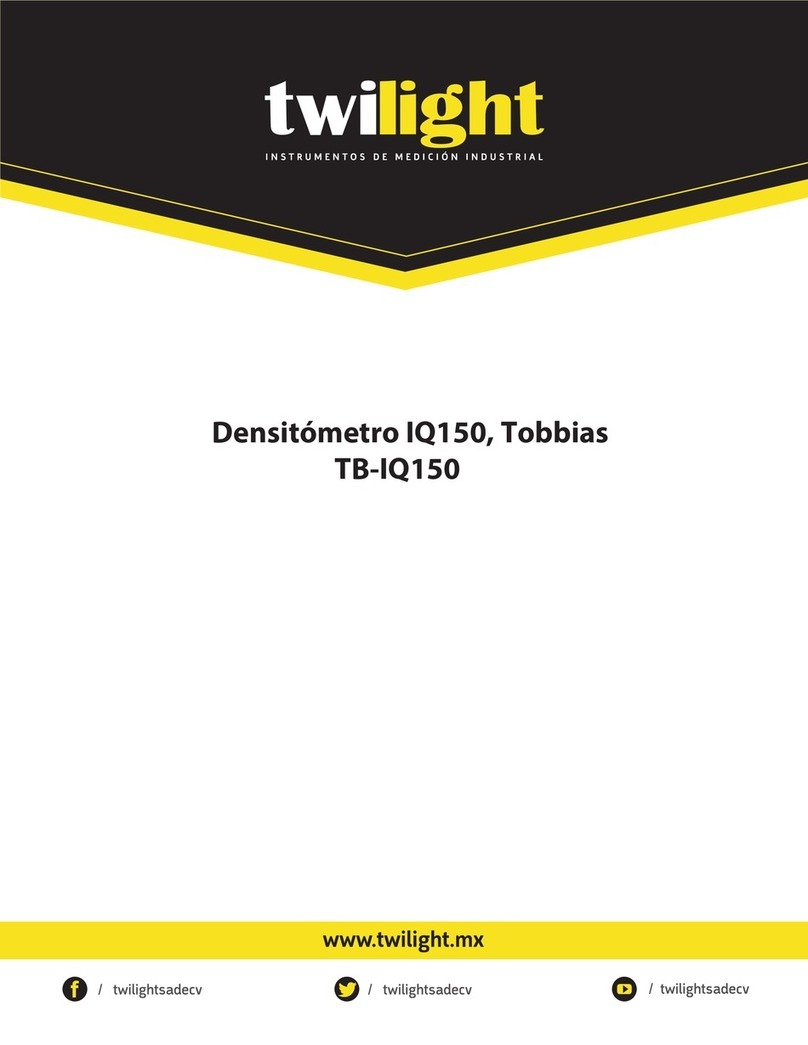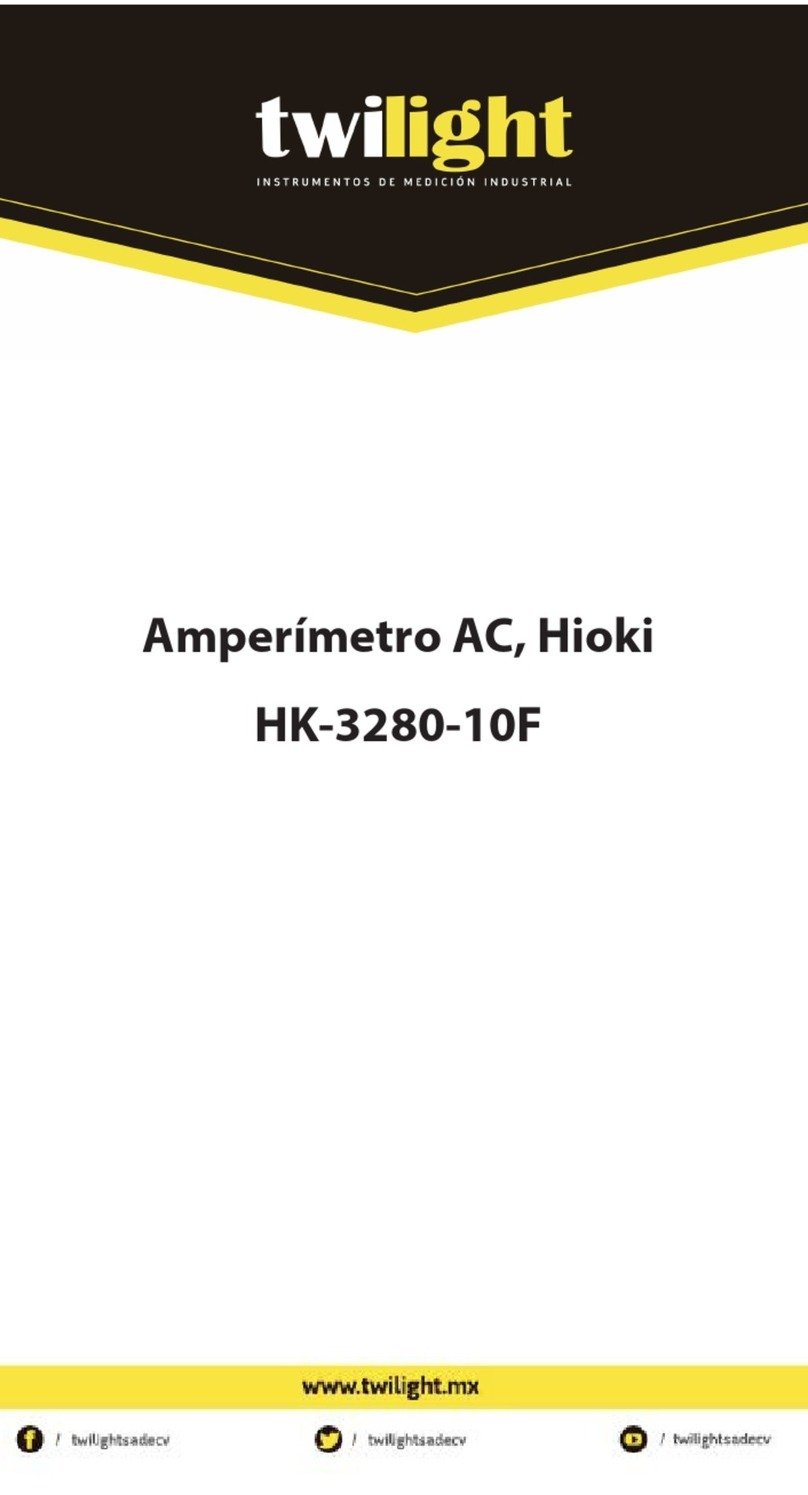Twilight TES-660 User manual
Other Twilight Measuring Instrument manuals
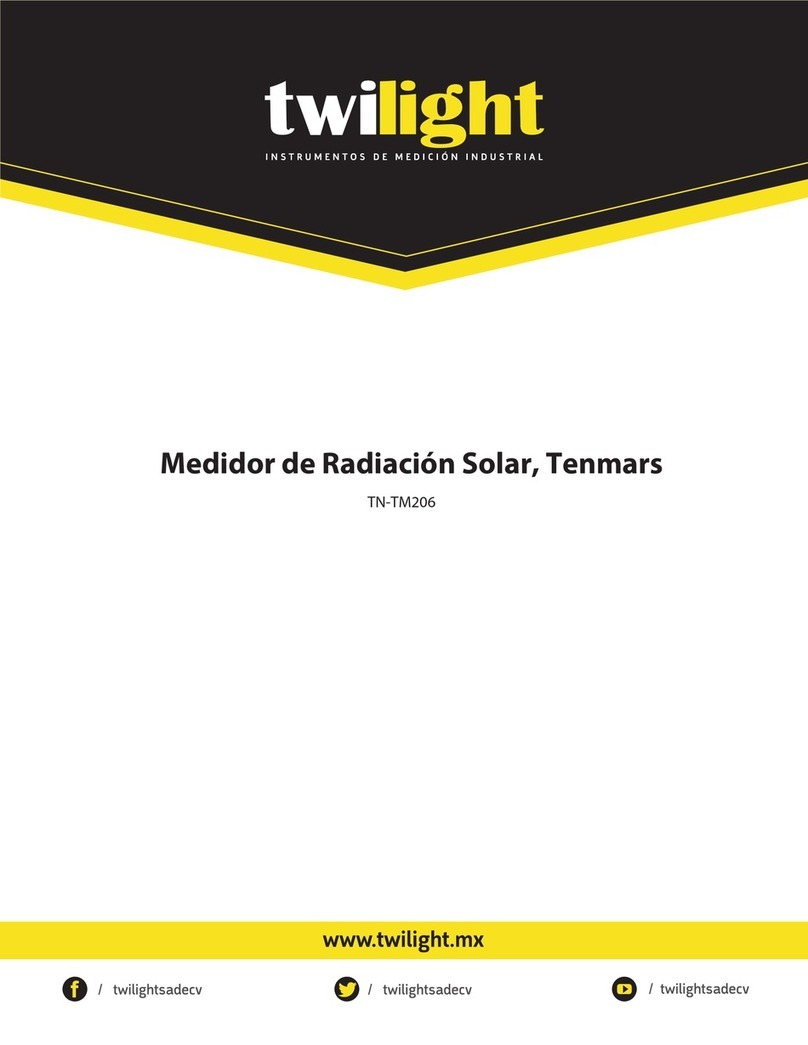
Twilight
Twilight TENMARS TN-TM206 User manual
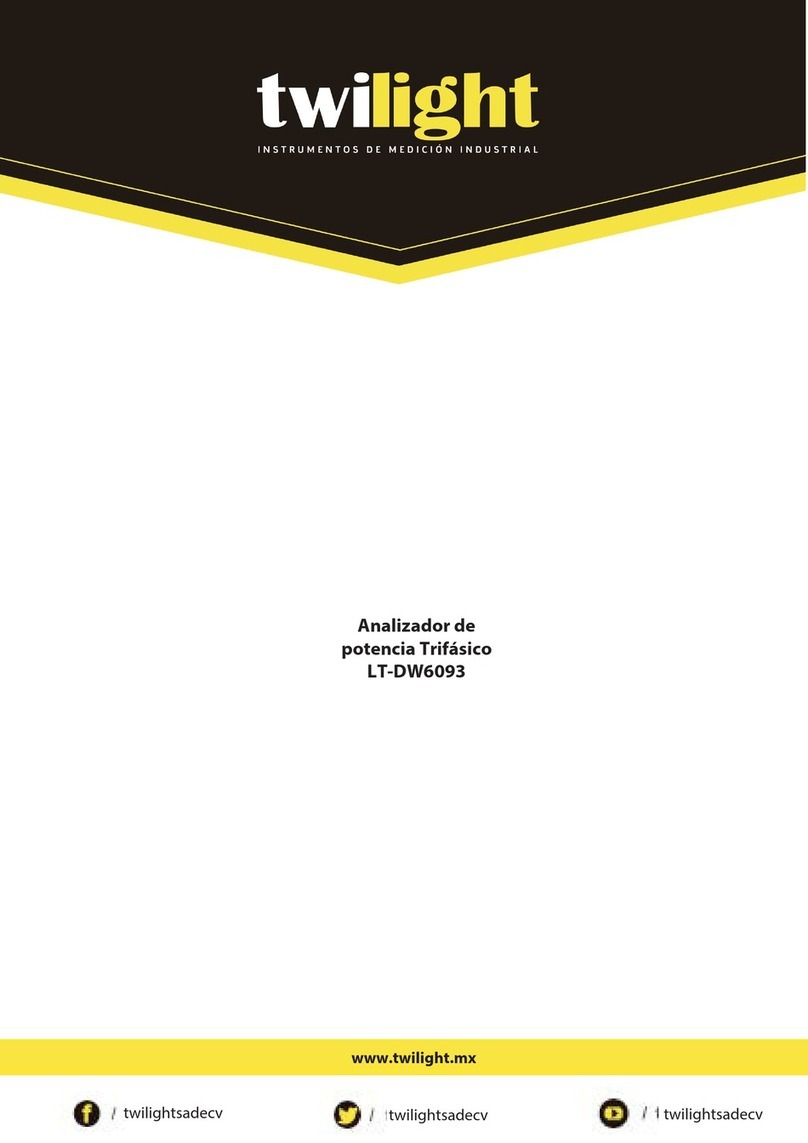
Twilight
Twilight LT-DW6093 User manual
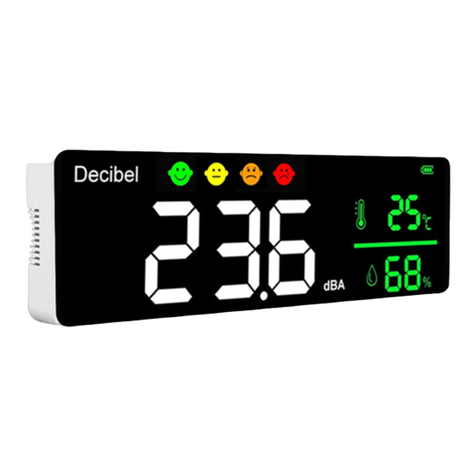
Twilight
Twilight LG-DM1306D User manual

Twilight
Twilight ATAGO PAL-CLEANER User manual
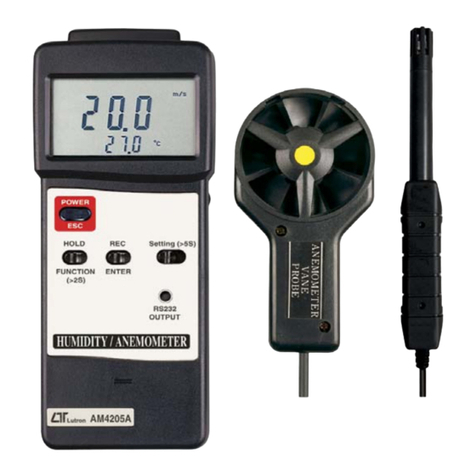
Twilight
Twilight LT-AM4205A User manual
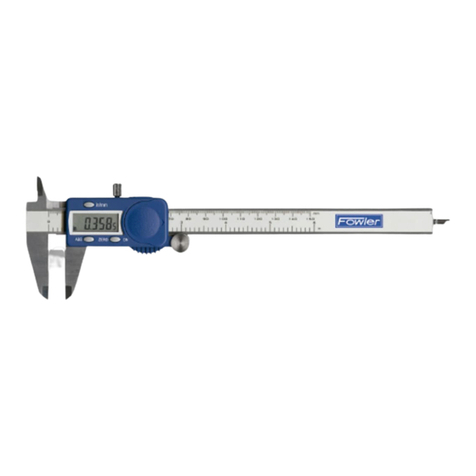
Twilight
Twilight FW-541019001 User manual
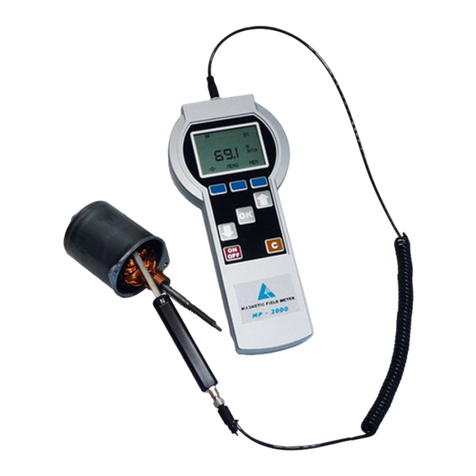
Twilight
Twilight MP-2000 User manual
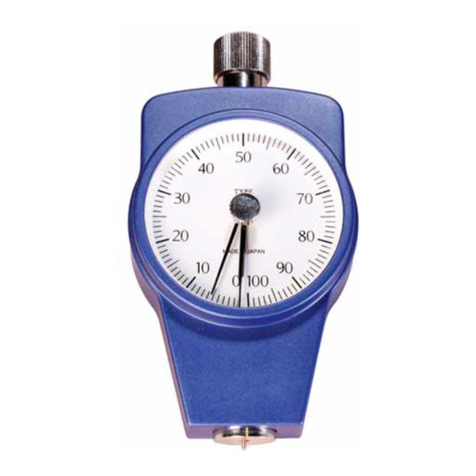
Twilight
Twilight E2 Series User manual
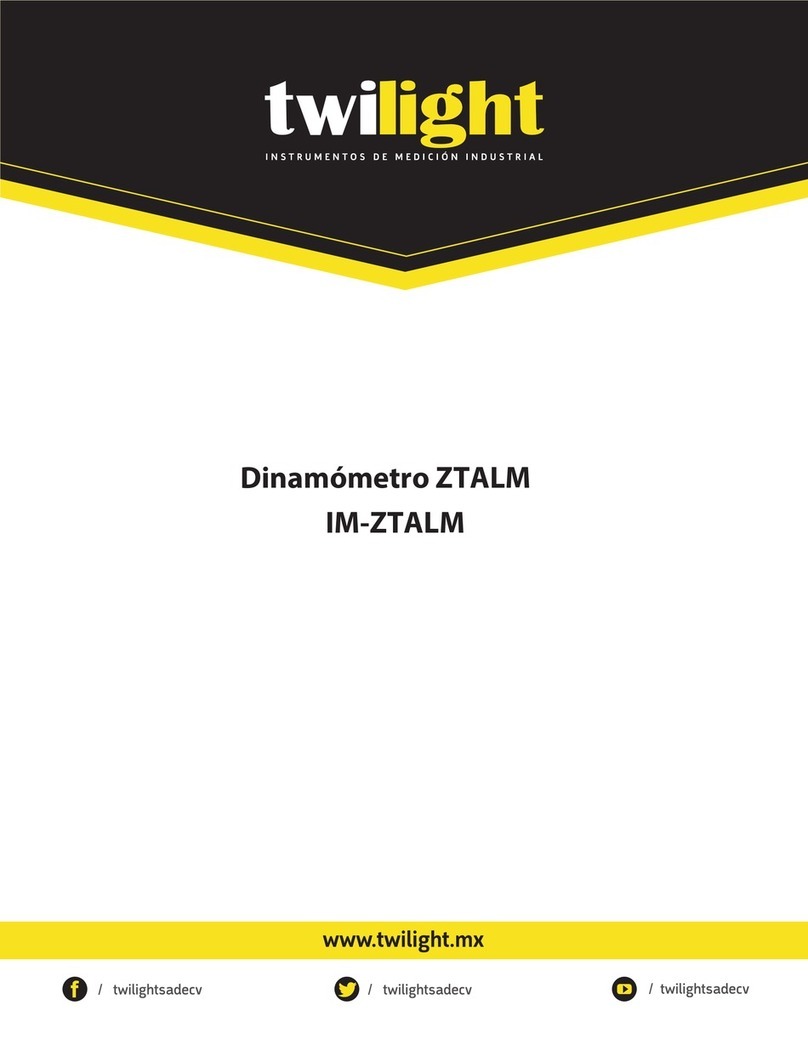
Twilight
Twilight ZTA User manual
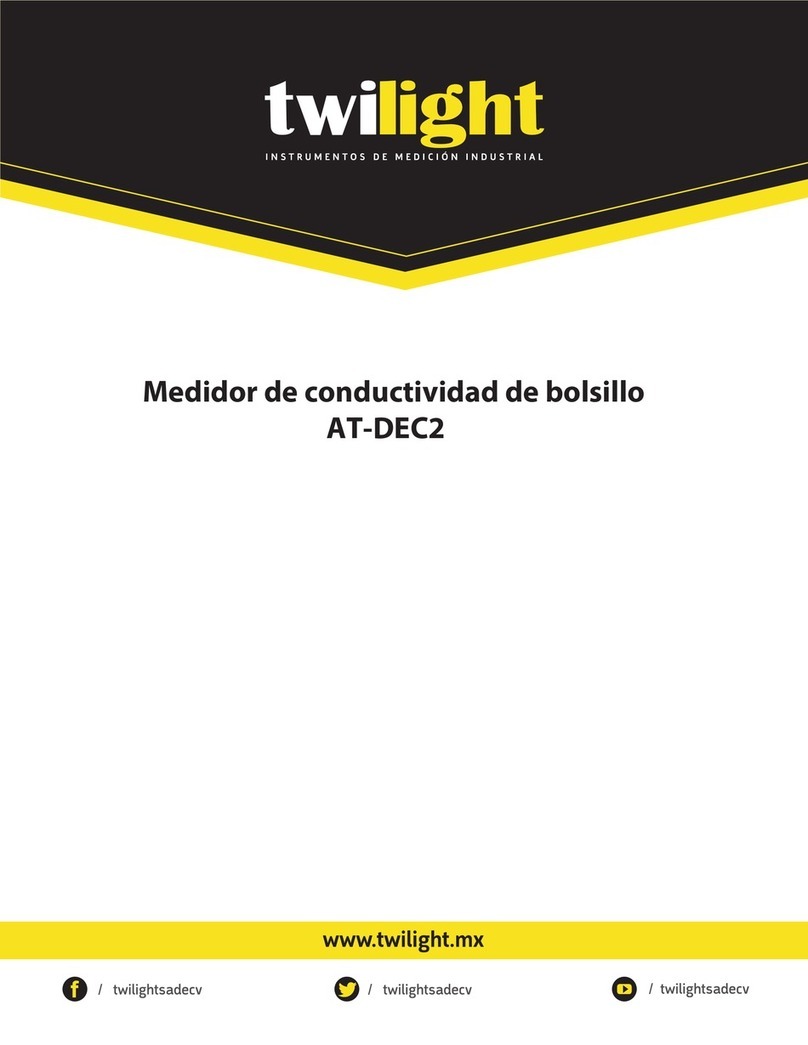
Twilight
Twilight AT-DEC2 User manual
Popular Measuring Instrument manuals by other brands

Powerfix Profi
Powerfix Profi 278296 Operation and safety notes

Test Equipment Depot
Test Equipment Depot GVT-427B user manual

Fieldpiece
Fieldpiece ACH Operator's manual

FLYSURFER
FLYSURFER VIRON3 user manual

GMW
GMW TG uni 1 operating manual

Downeaster
Downeaster Wind & Weather Medallion Series instruction manual

Hanna Instruments
Hanna Instruments HI96725C instruction manual

Nokeval
Nokeval KMR260 quick guide

HOKUYO AUTOMATIC
HOKUYO AUTOMATIC UBG-05LN instruction manual

Fluke
Fluke 96000 Series Operator's manual

Test Products International
Test Products International SP565 user manual

General Sleep
General Sleep Zmachine Insight+ DT-200 Service manual
